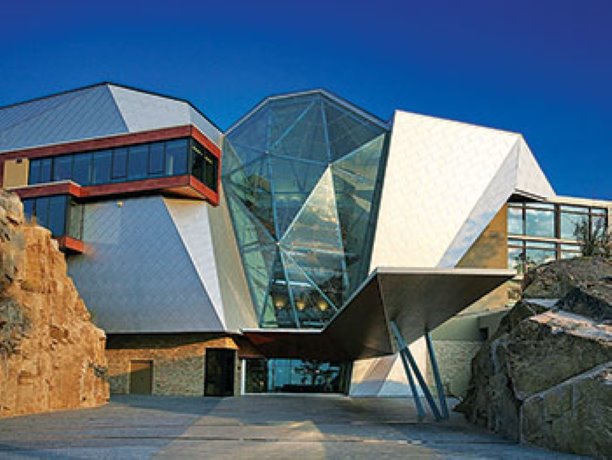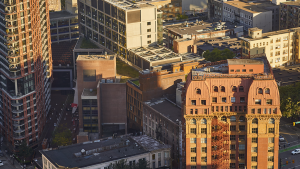With the increased use of glass in buildings, point-supported glass architecture is increasingly becoming the structural and aesthetic option for architects and owners to showcase their projects.
At least that is what two representatives of Stella Glass Hardware> suggested to a well-attended seminar at the recent Construct Canada show in Toronto.
Working with architects and the fenestration industry, the Vancouver-based firm designs and manufactures the bolting hardware used to hold structural glass walls, canopies, balustrade systems, interior glass walls, sunshades, and other glass fixtures.
Audience members were allowed to inspect and handle one of its principal products.
“Spiders” are four logged bolts with articulating heads, said Richard Brightling, the company’s architectural liaison representative for Eastern Canada.
Comparing point-supported glass architecture with curtain walls is like comparing apples and oranges,’ he claimed.
“They’re two different systems,” he said.
Point-supported glass is used to accent prominent sections and gives buildings a wow factor, he said.
Another description for the effect that point-supported glass delivers is ROAD or the Return on Architecture and Design, said Brightling.
He suggested that ROAD is what architects can achieve when they design buildings that “offer highly imaginative solutions which invariably call for the use of equally unique building materials, technologies and systems.”
While it costs a little more to make a building visually compelling and aesthetically pleasing, such costs would almost be insignificant when amortized over the lifespan of the building, he said.
In emphasizing that point, Brightling presented the audience with a slide presentation of some of the projects Stella has worked on, including the 156-room Sparkling Hill Resort in Vernon, B.C.
A dramatic feature of the combined hotel and spa is a 3.5-storey-high glass wall comprised of 15 irregular panels held in place with the spiders.
He cited the Erickson Glow Ceiling in a Vancouver condominium as another example of an out of the box project.
Designed by Arthur Erickson with Nick Milkovich, the back lit ceiling consists of LED light panels connected to the ceiling with the spiders, with glass just a few inches below.
The short distance between the panels and the glass ensures there are no shadows, said Brightling.
He company discussed the reasons behind the success of the Stella system
“(It) is its constructability. There is no sense designing a system if it can’t be installed,” said company president Roy Lamont.
But the design has to be well thought out and architects, who are considering incorporating point-supported glass architecture, should contact firms such as his very early in the design process.
There is a mistaken perception that point-supported glass can simply be mounted into the building at a later stage, he said.











Recent Comments
comments for this post are closed